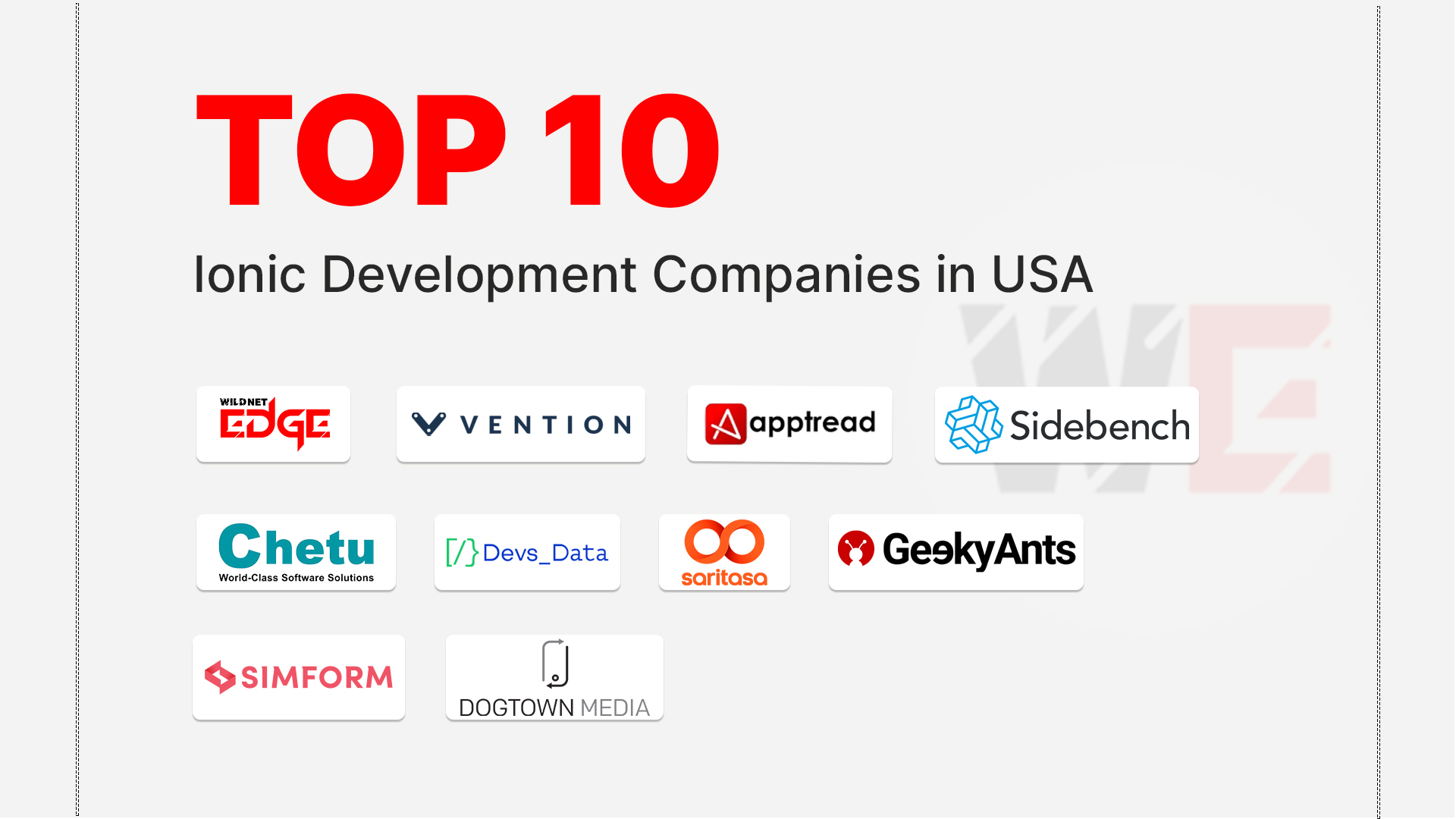Wearable app development cost is a crucial consideration for businesses looking to tap into the growing market of wearable technology. Understanding this cost is essential for making informed financial decisions on your development projects. In this article, we will break down the factors that influence the pricing of wearable apps, including smartwatch app pricing and other essential elements that contribute to the wearable budget. Expect a detailed analysis that will help you navigate these costs effectively.
Factors Influencing Wearable App Development Cost
The Role of the Wearable App Development Company
Choosing the right wearable app development company can significantly affect the wearable app development cost. The company you select brings different levels of expertise, methodologies, and resource availability. Top development firms often offer comprehensive services, from initial consultation and requirement gathering to design, development, and post-launch support. Working with an experienced company can streamline the process and may ultimately save you costs in the long run, as they are more likely to manage time and resources effectively. As you assess potential companies, consider their past projects and client feedback to ensure they align with your project’s goals.
Development Complexity: How It Affects the Wearable Budget
Development complexity plays a vital role in determining the wearable app development cost. Basic app features, such as simple user interfaces and standard functionality, typically incur lower costs compared to complex app features. For example, an app that requires advanced functionalities like real-time data syncing, intricate algorithms, or integration with multiple APIs will have higher costs associated with it. Case studies show that a simple fitness tracker application can range from $10,000 to $25,000, whereas a multimedia-heavy health monitoring app may cost upwards of $50,000. Understanding the features you need helps you refine your wearable budget more effectively.
Geographic Location: Impact on Development Costs
The geographic location of your wearable app development company can also significantly influence wearable app development costs. Development costs vary widely from region to region due to local labor markets, demand for tech talent, and cost of living. For instance, hiring a development team in North America may be more expensive than reaching out to firms in Eastern Europe or South Asia. Analyzing these factors helps you make a budget-conscious decision. A developers’ expertise may outweigh location-related costs; however, understanding geographic variations can help optimize your wearable app strategy overall.
Smartwatch App Pricing Models
Common Pricing Structures in Smartwatch App Pricing
Smartwatch app pricing typically adopts various models, primarily fixed price and hourly rates. A fixed-price model is often best for projects with well-defined scopes, while the hourly rate is suitable for projects that might evolve and shift during development. Deciding which structure aligns with your project’s goals will influence smartwatch app pricing. If your project is straightforward, fixed pricing can control overspending. However, if your application may require adjustments or expansions, hourly rates may be more appropriate.
Additional Costs to Consider in Smartwatch App Pricing
When diving deeper into smartwatch app pricing, additional costs should not be overlooked. Ongoing maintenance and updates represent a key expense post-launch as app performance will need to remain relevant. Additionally, marketing expenses should be factored into your overall budget for effective user acquisition. Depending on the scale of your launch, setting aside 20-30% of your total app budget to cover these additional costs can ensure your app garners the attention it deserves after hitting the market.
Examples of Smartwatch App Pricing in the Market
Analyzing popular smartwatch apps provides valuable insights into smartwatch app pricing models and what to expect. For instance, leading fitness tracking applications often have app prices that reflect their extensive feature sets. Renowned brands might invest upwards of $100,000 into app development, while smaller competitors often spend between $30,000 and $50,000. The lessons from successful launches often reveal that investing in quality development leads to better user experiences, ultimately translating into sustainable growth for the app.
Understanding Fitness Tracker Charges
Features That Drive Fitness Tracker Charges
Fitness tracker charges are largely determined by the features you choose, with essential features costing significantly less than advanced options. Basic functionality, such as heart rate monitoring and step tracking, usually requires a smaller investment. In contrast, advanced features like GPS tracking, personalized workouts, and integration with health and fitness APIs elevate costs. Therefore, understanding the core needs of your audience is crucial in identifying which features will deliver optimum value for your investment.
Comparing Fitness Tracker Charges Across Different Platforms
The platform you choose for your fitness tracker significantly influences the overall fitness tracker charges. iOS apps often incur higher costs than their Android counterparts due to Apple’s stricter guidelines and development paradigms. Additionally, trying to maintain cross-platform compatibility brings unique challenges, leading to added complexity in development. Assessing these platform differences will help you budget more accurately for the development process.
Long-Term Costs: Ongoing Fitness Tracker Charges
It’s essential to consider long-term costs when evaluating fitness tracker charges. Subscription models, which many fitness apps have adopted, can deliver continued value through ongoing updates and new features. This approach can yield recurring revenue while also requiring a commitment to quality updates. Balancing initial costs with long-term considerations ensures a sustainable strategic focus for your fitness app.
Budgeting for Wearable App Development
Creating a Wearable Budget: Key Considerations
Creating a wearable budget involves establishing realistic expectations for your project. Key considerations should include development costs, ongoing maintenance, and potential marketing expenses. To do this effectively, break down potential costs into categories, each representing different aspects of your app’s lifecycle. By doing so, you can allocate resources wisely and ensure that your wearable budget realistically reflects your financial capabilities.
The Importance of Hiring a Wearable App Developer
Hiring a wearable app developer can greatly influence wearable app development cost and overall project success. Experienced developers contribute insights that can identify potential challenges and optimize project timelines. Cost reductions are often realized through efficient implementations and expert-level coding. When considering talent, assess their portfolios to ensure that they have the skills necessary for your project, which ultimately enriches your development experience.
Tools and Resources for Effective Wearable Budgeting
Several tools and resources can help you effectively track expenses while budgeting for wearable app development. Apps and spreadsheets designed for financial tracking provide easy-to-understand visuals of your expenditures, ensuring you stay within budget. Research tools for estimating costs can also enhance your knowledge of industry standards and inform your financial planning. Employing the right resources enriches your budgeting strategy and can save significant money over the app’s lifecycle.
Hiring a Wearable App Developer
What to Look for When You Hire Wearable App Developer
When you hire wearable app developer, several qualities ensure you find the right fit for your project. Look for developers with a strong portfolio that demonstrates their ability to create functional, engaging apps. Additionally, assess their communication skills, which can ease collaboration throughout the development process. Experience with wearable technology is paramount, as this expertise will help translate your ideas into effective applications.
Cost vs. Value: When You Hire Wearable App Developer
Understanding the balance between cost and value is crucial when you hire wearable app developer. While it’s natural to seek budget-friendly options, always remember that investing in quality can deliver long-term benefits. Developers with a proven track record may charge more initially, but the value they provide through high-quality applications can lead to greater return on investment over time.
Preparing for Your First Meeting: Questions to Ask Before You Hire Wearable App Developer
Before you hire wearable app developer, ensuring alignment on key project elements will promote synergy. Essential questions should revolve around their previous experience, understanding of your requirements, and approaches to meeting deadlines and budgets. Inquiring about cost estimates and timelines will clarify expectations, ensuring everyone is on the same page from the outset.
Conclusion
In conclusion, understanding the various factors influencing wearable app development cost can help businesses make informed decisions on their projects. By considering elements such as smartwatch app pricing, fitness tracker charges, and the importance of hiring a competent wearable app development company, companies can allocate resources more effectively and set realistic expectations for their wearable technology endeavors. Trust Wildnet Edge, an AI-first company, to guide you through this complex landscape.
FAQs
The average wearable app development cost can vary widely based on features, complexity, and the development company chosen.
Smartwatch app pricing is influenced by features, complexity, and the hourly rates of the developers working on the project.
Start by defining your features, researching costs, and considering ongoing maintenance and marketing expenses.
Fitness tracker charges usually include development costs, ongoing app maintenance, and potential subscription fees for advanced features.
Hiring a wearable app developer can bring valuable expertise that reduces overall costs, improves efficiency, and enhances the quality of your app.

Nitin Agarwal is a veteran in custom software development. He is fascinated by how software can turn ideas into real-world solutions. With extensive experience designing scalable and efficient systems, he focuses on creating software that delivers tangible results. Nitin enjoys exploring emerging technologies, taking on challenging projects, and mentoring teams to bring ideas to life. He believes that good software is not just about code; it’s about understanding problems and creating value for users. For him, great software combines thoughtful design, clever engineering, and a clear understanding of the problems it’s meant to solve.
 sales@wildnetedge.com
sales@wildnetedge.com +1 (212) 901 8616
+1 (212) 901 8616 +1 (437) 225-7733
+1 (437) 225-7733































